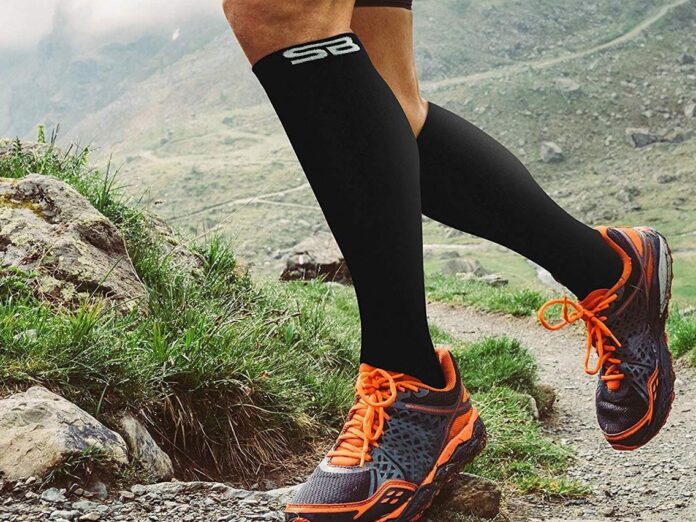
Travelers plan out their trips from start to finish, and they must plan when they are leaving and arriving at their destination. With each step of their plan, the traveler must consider what they will need when getting to their preferred location. They review items they need to pack and even what clothing they will need during the trip.
Compression socks are an overlooked product that could be highly beneficial for anyone who is traveling. The socks provide many health benefits and reduce major risks when traveling for long durations. Travelers review all the great benefits of compression socks when determining if they should take the socks along on their next trip.
Table of Contents
Preventing Leg Cramps and Discomfort
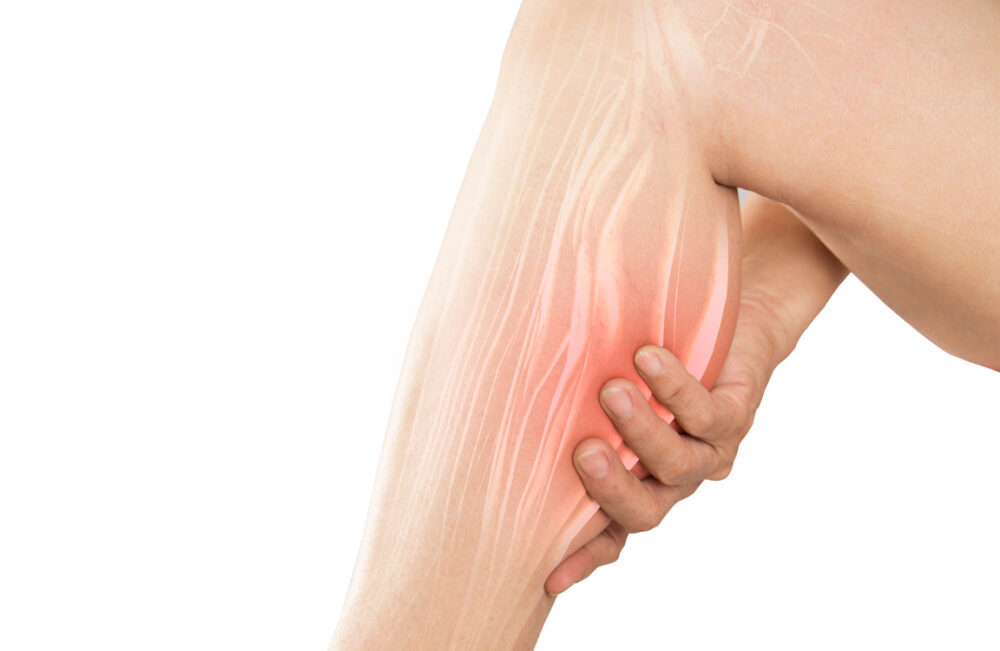
When traveling, the individual could experience leg cramps and discomfort. Whether they are driving or flying, the individual will want to stay comfortable during their travels. Wearing compression socks could help them reduce cramping and discomfort in their legs. Women find a variety of compression socks at SockWell USA right now.
Achieving Proper Circulation to the Heart
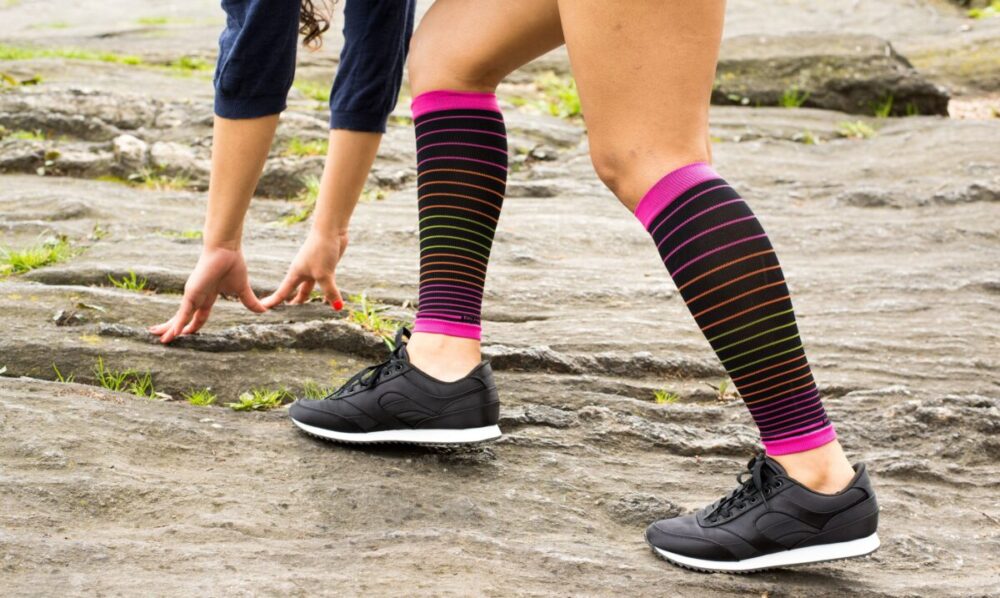
Proper circulation lowers the risk of cardiovascular disease and ensures proper blood flow back to the heart. When traveling, the legs could swell and blood could pool in them since the individual is sitting in a cramped space for a long time. The compression socks apply pressure onto the legs and keep the blood flowing properly for long durations. Experts recommend putting on the socks before leaving home or shortly before the individual boards a plane. Proper circulation keeps the legs healthier, too.
Preventing Deep Vein Thrombosis
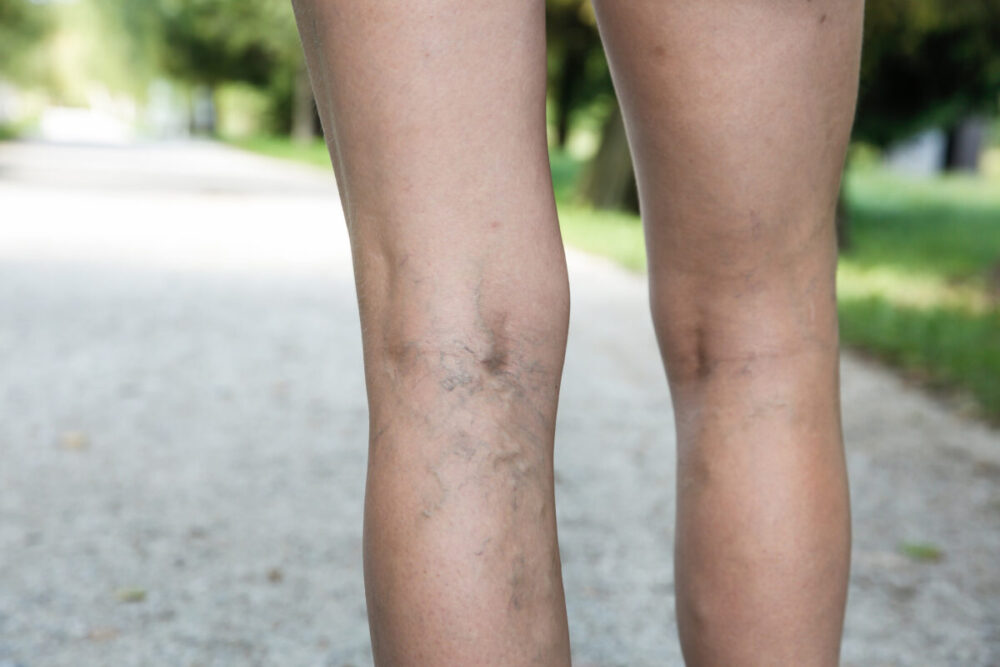
Deep vein thrombosis is described as a blood clot that has developed inside a deep vein. This could lead to swelling in the legs and severe pain that is persistent. It could result from treatment for a variety of conditions, including heart surgery. The most frequent early warning signs of the condition are discoloration of the skin, sudden temperature changes in the leg, and severe pain in the legs. Studies show that wearing compression socks could lower the risk of the condition.
Individuals are more likely to develop DVT if they are obese, have cardiovascular disease, or are predisposed to the condition. Patients seek the advice of their doctors about the best compression level for treating the condition and lowering health risks.
Stops the Legs from Swelling
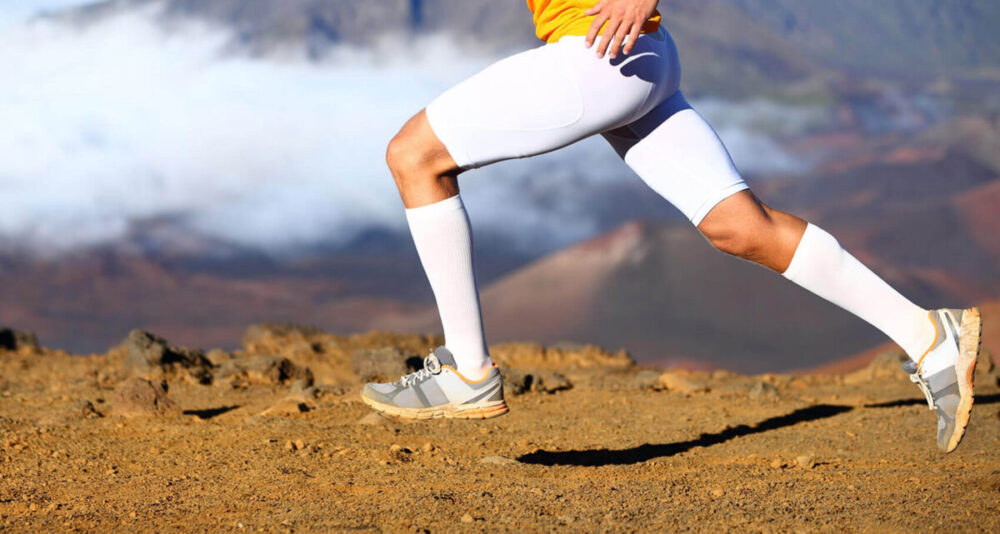
Edema or swelling in the legs could occur for a multitude of reasons. Pregnancy, sit or standing for long periods of time, heart failure, and cardiovascular disease are common reasons for edema. To treat it, the individual must wear compression socks to force the fluids out of their legs, and they must elevate their legs to a position that is higher than their heart. It reduces the swelling in the legs and could lower the onset of swelling in the future. When traveling, edema could occur because the individual is sitting in the same position for several hours.
Improves Oxygenation for the Legs
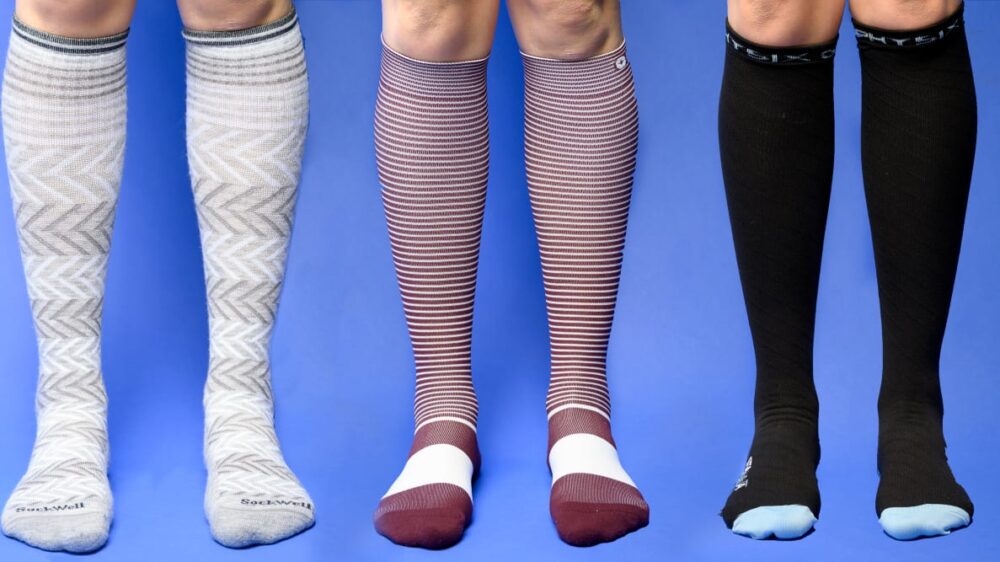
Oxygenation of the legs is vital for keeping the muscles healthy and prevent severe pain and muscle aches. Compression socks help travelers keep oxygen flowing and keep their legs from becoming cramped and painful. Since they cannot move around in their car or when flying, it is necessary to wear compression socks to promote proper circulation. If they don’t wear compression socks, they could experience numbness or tingling in their legs during long drives or flights.
Stops Legs from Getting Tired
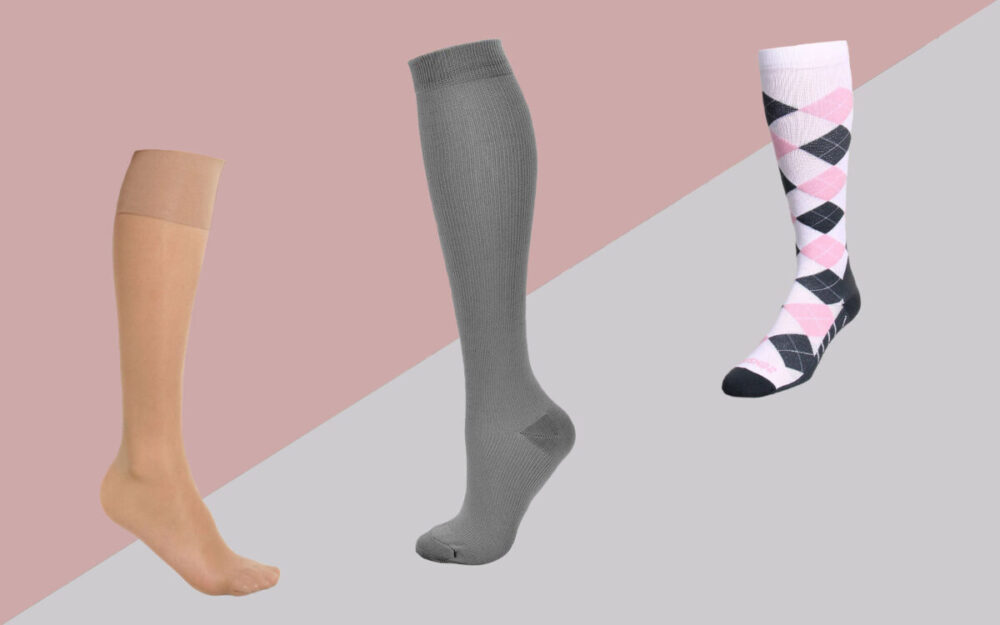
When traveling, their legs could become tired and make it difficult to get up at the end of their flight or when stopping on a long drive. Compression socks apply pressure on the legs and keep the legs energized. Adequate oxygen levels in the legs could prevent their legs from feeling tired too soon.
Doctors recommend stopping at least every two hours when taking a long drive. Individuals should get up and walk down the aisle on the plane whenever possible to prevent their legs from becoming numb. Compression socks help when the individual is unable to get up or stop when traveling.
Makes It Easier to Get Up and Move Without Stiffness
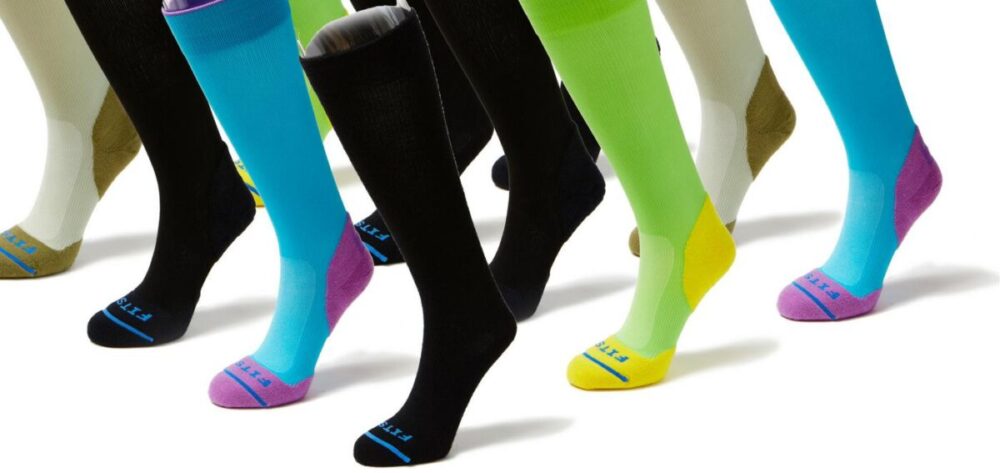
Stiffness in the legs could also make it difficult when the traveler stands up during a long flight or when stopping on their drive. Stiffness occurs because their legs are crammed into a small space, and they can’t move much. Compression socks help with stiffness and make it possible for the individual to enjoy their drive or flight more. It is recommended that the individual move their feet whenever possible to reduce the onset of stiffness. This could prevent them from experiencing severe pain. They can also try out different levels of compression to find the best socks for their travels.
Stops a Blood Clot from Forming in the Legs
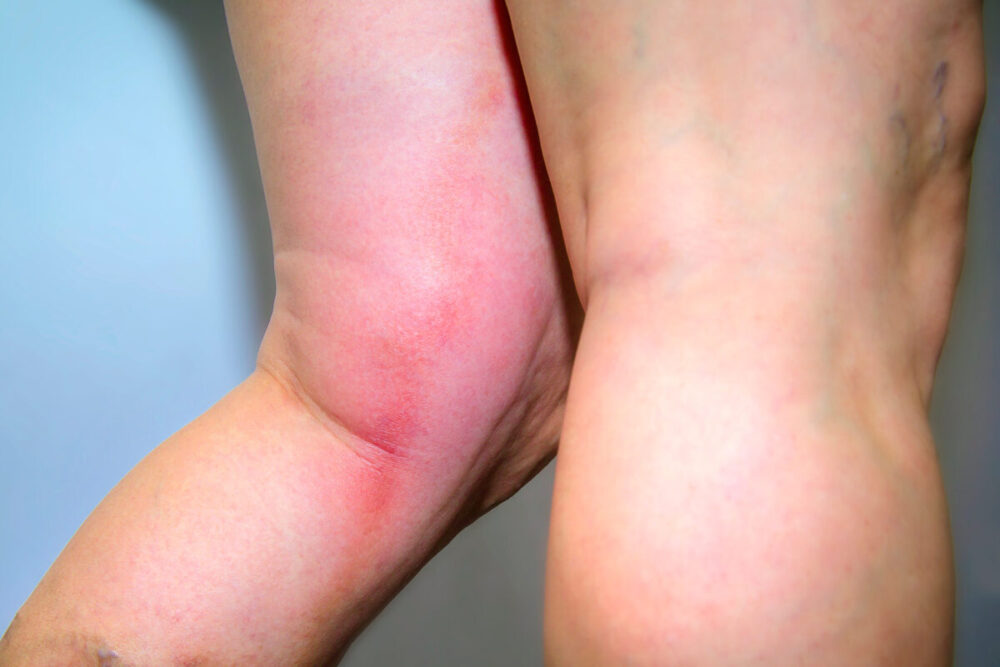
Blood clots could form in the legs if the individual has a lengthy flight. For example, individuals that are traveling overseas could be on the plane for as much as twenty-four hours. If they are sitting in one position for that length of time, a blood clot could form in their legs. Blood clots are dangerous and could become loose in the veins. When this happens, the blood clot could travel to the heart and cause an embolism. Wearing compression socks helps the individual avoid blood clots and stops them from facing life-threatening conditions when traveling.
When traveling, consumers assess every aspect of their trip from the hotel accommodations to where they will eat when getting there. As they review all the fine details, the individual must also consider possible health risks they face whether they are driving or flying. Compression socks are a beneficial product that prevents serious risks that could threaten the individual’s health. When traveling for several hours, people are sitting in the same position most of the time. This could increase the risk of blood clots and prevent proper circulation. Compression socks could address all health risks and prevent the individual from facing serious risks even if their flight is more than 12 hours.





